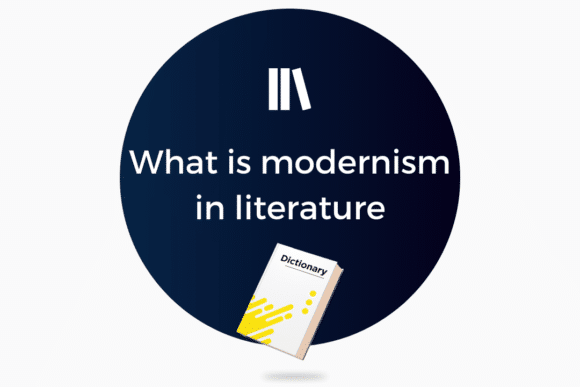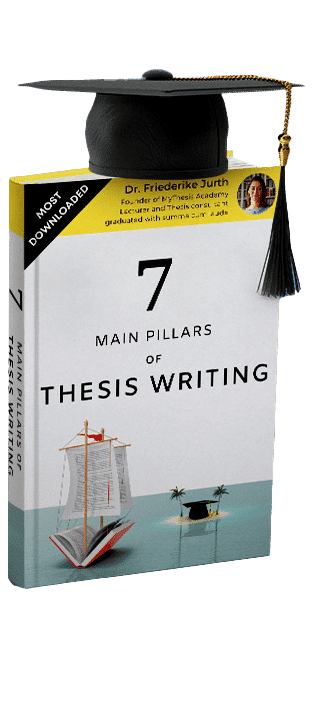Welcome to this comprehensive dictionary dedicated to the exploration of What is modernism in literature. This invaluable resource is designed to provide clear and concise definitions of key concepts, themes, and figures that define this significant literary movement. Modernism in literature, a pivotal period in literary history, is often complex and multifaceted, necessitating a deep understanding for anyone studying this field. This dictionary aims to facilitate such understanding by offering thorough explanations of critical modernist concepts. By making these intricate ideas more accessible, it empowers students to delve deeper into their research and thesis writing. In this way, it serves not just as a reference book, but also as an essential tool in fostering a richer understanding and appreciation of modernist literature.
What is modernism in literature?
In the realm of literature, the term modernism frequently surfaces, stirring curiosity amongst readers and scholars alike. This concept, deeply woven into the fabric of literary evolution, is often mired in ambiguity. Today, we will delve into the heart of this literary movement and answer a crucial question: what is modernism in literature?
Modernism: A Literary Revolution
Modernism, fundamentally, is a revolutionary movement that surfaced in the late 19th and early 20th centuries across various art forms, including literature. It marked a stark departure from traditional literary conventions, as authors sought to convey the radical shifts in social and cultural landscapes.
The Rejection of Tradition
One of the defining characteristics of modernist literature is its rejection of tradition. Modernist authors eschewed the narrative clarity and moral certainties that typified Victorian literature. Instead, they embraced ambiguity, alluding to the obscure, fragmented, and often unsettling reality of the modern world.
Stream of consciousness, a narrative technique that seeks to portray the chaotic, non-linear nature of human thought, became a hallmark of modernist literature. Authors such as James Joyce and Virginia Woolf leveraged this technique to great effect, offering readers a glimpse into the tumultuous minds of their characters.
Exploring Subjectivity
Modernist literature also places a strong emphasis on subjectivity. Authors turned inwards, deep into the psyche of their characters, to explore personal perceptions and experiences of reality. This exploration of the subjective often results in unreliable narrators, further contributing to the ambiguity and complexity characteristic of modernist works.

A Response to Modernity
Modernism in literature is, at its core, a response to the seismic shifts in society brought about by industrialization, urbanization, and the horrors of World War I. changes challenged long-held beliefs about religion, morality, and human nature, prompting authors to reflect these uncertainties in their works.
Fragmentation and Alienation
The themes of fragmentation and alienation often permeate modernist literature, mirroring the disorientation and dislocation experienced in rapidly modernizing societies.
Key Characteristics of Modernist Literature
Modernism in literature is marked by several distinctive features. Some of the most significant characteristics include:
- Disruption of traditional form: Modernist literature is known for disrupting traditional narrative structures. This often results in fragmented and disjointed narratives.
- Perspectivism: Modernist texts often emphasize the subjective experiences of characters, offering multiple perspectives on a single event or idea.
- Stream of consciousness: This narrative technique, which aims to depict the continuous, chaotic flow of thoughts in a character’s mind, is widely used in Modernist literature.
- Rejection of realism: Modernist works often reject the traditional literary focus on external reality, instead centering on characters’ inner experiences.
- Experimentation with language: Modernist authors often experiment with language and form, employing innovative techniques such as non-linear narratives and free verse.
Notable Modernist Authors and Works
Modernist literature boasts a plethora of influential authors whose works have significantly contributed to the development of the genre. Some of the most notable figures include:
- James Joyce: Known for his mastery of the stream-of-consciousness technique, Joyce’s works, especially “Ulysses”, epitomize the Modernist literary movement.
- Virginia Woolf: A leading figure in Modernist literature, Woolf’s novels, such as “To the Lighthouse” and “Mrs.
Summary
In conclusion, the article discussed the concept of modernism in literature, a literary movement that began in the late 19th and early 20th centuries as a reaction to traditional norms and conventional literary techniques. The article highlighted how modernist literature is characterized by its distinctive features such as fragmentation, non-linear narratives, and stream of consciousness, reflecting the subjective experience and inner reality of characters.
The exploration of complex themes such as alienation, disillusionment, and existential crisis was also discussed. These themes emerged as a response to the rapid industrialization, urbanization, and the horrors of World War I. Modernist literature broke away from traditional storytelling, ushering in a new era of experimentation in form, language, and structure.
The influence of modernism was evident in the works of notable authors like Virginia Woolf, James Joyce, T.S. Eliot, and others who challenged the reader to actively engage with the text and question their perception of reality. This literary movement has left an indelible mark on the literary world, paving the way for subsequent movements like postmodernism.
Overall, modernism in literature represented a radical shift in the approach to writing, focusing on the inner psychological experiences rather than external realities, embodying the disorienting and fragmented experience of modern life.


